More and more people are turning to do-it-yourself solar charger kits in an effort to trim their electricity costs. By piecing together their own renewable energy system with these kits, they are diminishing their reliance on the traditional power grid and tapping into economical, environmentally friendly energy.
For anyone interested in becoming part of the green energy revolution, a solar charger kit is an ideal starting point. This comprehensive package includes everything necessary to build an impressive solar energy system: durable solar panels, a charge controller to regulate current, top-notch batteries, wiring and other components, plus an easy-to-follow guide. With a diversity of sizes and capacities to choose from, these kits are guaranteed to provide the power of renewable sunlight.
The solar panels are the linchpin of the system, drawing down energy from the sun and transforming it into electricity which is stored in the batteries. Second to them in importance, the resilient batteries provide an ideal power supply during cloudy days or at night.
The solar charge controller is a critical element that oversees the delivery of energy from the panels to the batteries. It guards against overcharging, preserving the elements from any potential harm, and also prevents excessive discharging which could result in destruction.
A stout layer of wiring is essential in order for the solar power system to be successful. It needs to join all of the components – the panels, batteries, and even the charge controller – forming a reliable connection plus enabling them all to work in concert. Though it may be a tricky step during installation, it is absolutely crucial for a functional system.
Installing a DIY solar charger is not an intimidating process. Many of these kits offer step-by-step guidelines and visual diagrams that simplify the setup process. Of course, precautionary measures still need to be taken when interfacing with live electricity, so consulting an electrician is advised for those who have any doubts.
Once the process is completed, the system can begin generating power. By capturing the sun’s energy and transferring it to the storage batteries, the solar panels enable the production of energy for lighting, home appliances, and other electronics. It’s clear that the production of energy depends on the size of solar panel in use and the supply of sunlight reaching it.
If you’re searching for an affordable, renewable energy option, a do-it-yourself solar charger kit could be the perfect solution. Not only does it cut costs on electricity bills, but installation is typically quite straightforward to manage. Plus, these kits offer a continuous stream of clean energy, making them an excellent choice for anyone getting into the world of renewables. In conclusion, DIY solar charger kits can help reduce your energy expenditure and provide a viable source of sustainable energy.
Harness the power of the sun to fuel your tech with DIY solar charger kits! DIY solar charger kits are becoming increasingly popular, and in this article, we’ll explore why that is. Get ready to learn how these amazing inventions can help you power your devices.
For those looking to take advantage of solar energy, a DIY solar charger kit offers the perfect solution. These kits provide you with the means to build a customized set-up that caters to your exact requirements and budget. Every DIY solar charger kit includes an array of components such as solar panels, an inverter, batteries, wires, and all of the tools and hardware necessary for the installment process.
In comparison to a professionally installed solar charging system, a DIY solar charger kit provides an economical solution to your energy requirements. With this kit, you can make adjustments to suit your individual power demands. With the addition of extra components and the potential to expand the size of the circuitry, you can upscale your energy production with ease.
When creating a solar charger of your own, there are several factors to consider. The most important—and priciest—aspect of the setup is the solar panels: the higher their efficiency, the greater the amount of energy they produce. The other pieces of equipment, such as an inverter and batteries, also differ significantly in terms of cost and quality.
When investing in a DIY solar charger set, you must ascertain compatibility between components before committing to purchase. Peruse the manuals comprehensively and make sure everything is to regulate standards. Furthermore, contemplate the formidable size and exact power requirement of your new system.
With a little know-how, DIY solar charger kits can help you step up your energy game and save big on bills. These intuitive kits are designed to offer customizable solar energy solutions that are surprisingly easy to install. Plus, they lay out the path to becoming an independent source of electricity generation.
Crafting a custom solar charging system requires more than just the right kit – it is important to take all the necessary steps to ensure a successful outcome. To get started, read the instructions carefully and make certain that all components are compatible with one another. Take the time to determine the size and power needs of your build before beginning. With that information, you can select the right kit to complete your project, one that fits both your requirements and your budget.
Post time: 2023-07-20
Related Product
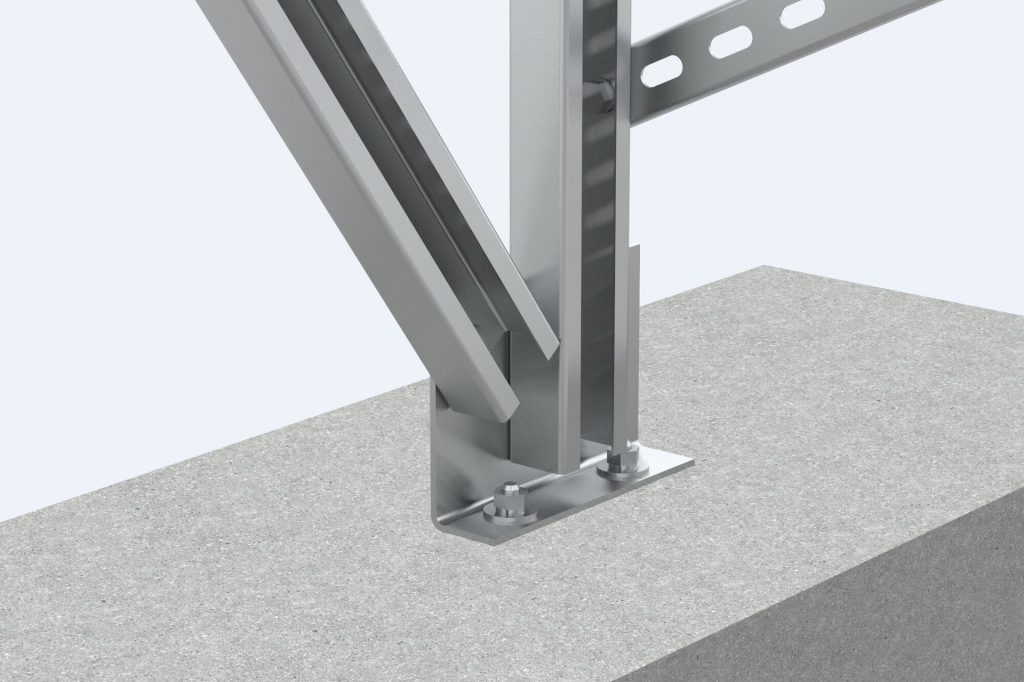
Flat roof photovoltaic support
Flat roof photovoltaic support Analysis of installation and construction problems of flat roof photovoltaic power station The external roof system on the roo […]
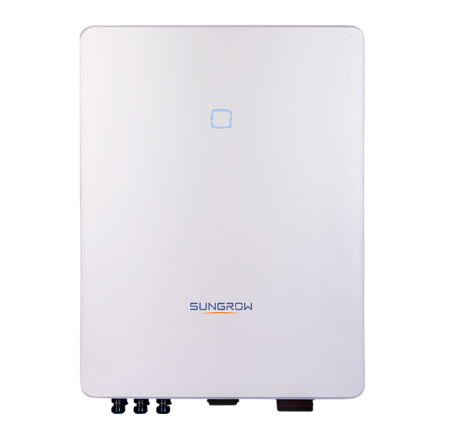
PV inverter
PV inverter (PV inverter or solar inverter) can convert variable DC voltage generated by photovoltaic (PV) solar panel into AC inverter of mains frequency, which can be fed back to […]

Solar panel
PV Kits for fields, flat and pitched roofs The kit using photovoltaic support system is critical to photovoltaic support, including wind calculation speed, order picking speed and […]
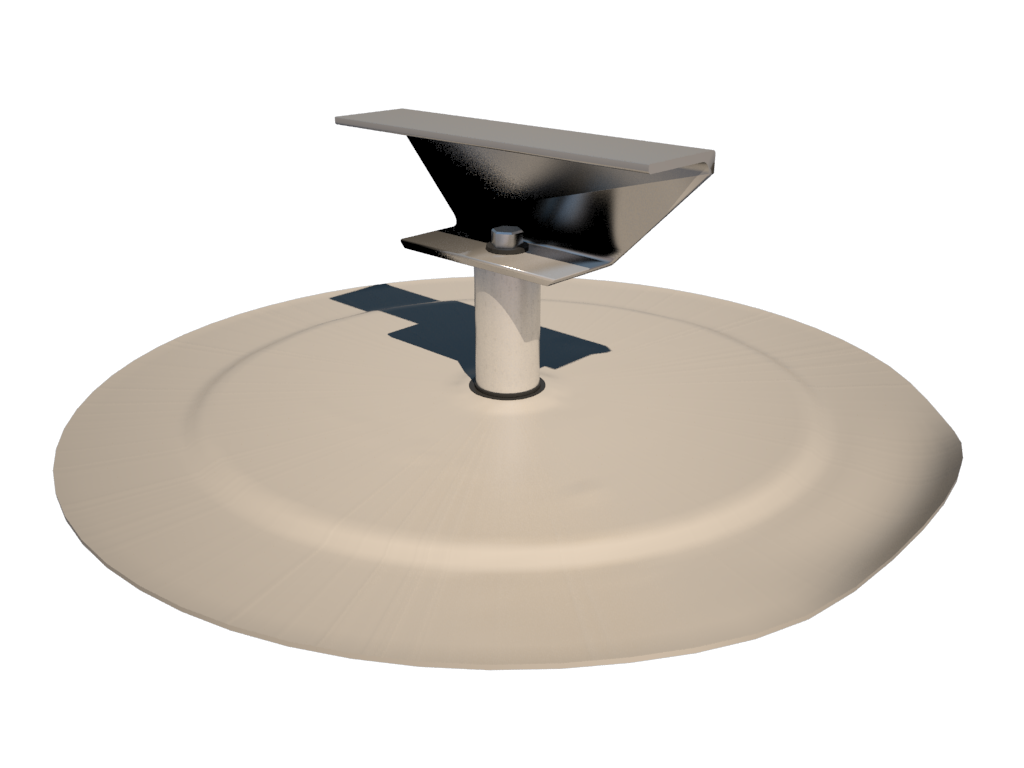
PV bridge support
Features of PV bridge support products: Strong resistance to negative wind pressure, good stability, strong bearing capacity and strong lateral tensile capacity; Easy and fast ins […]
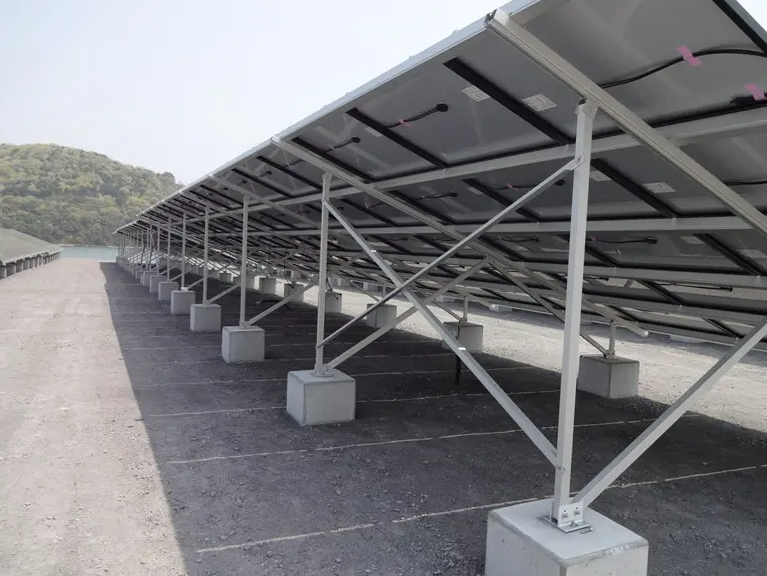
GROUND MOUNT PV Support
Placement position Ground Applicable component type Framed or frameless solar panels of various sizes Raw materials of support aluminium alloy Installation angle According t […]
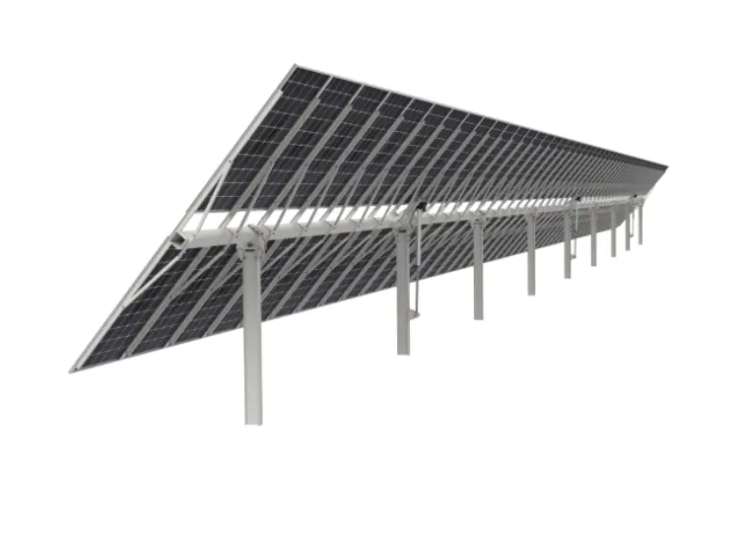
PV bracket tracking system
Ground tracking photovoltaic support Fully adapt to 210 major components The product has been tested in CPP wind tunnel Use AI algorithm to optimize tracking mode Irregular land is […]
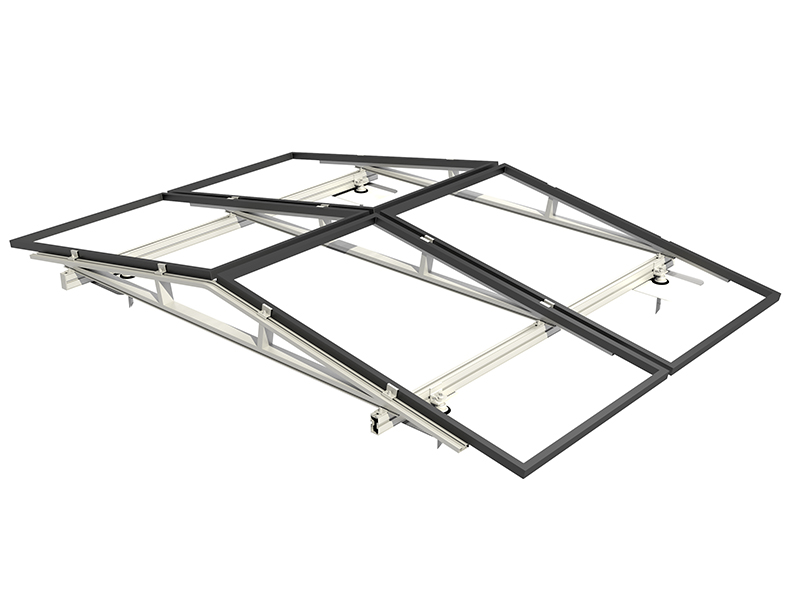
Inclined roof photovoltaic support
V support system for inclined roof The inclined roof installation system is suitable for all kinds of inclined roofs. According to the roof bearing capacity and waterproof requirem […]
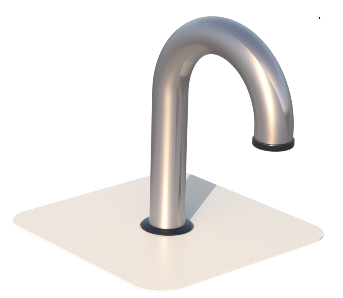
PV support KITS
What is Cable conduit? A metal protective tube with certain mechanical strength laid on the outer layer of the cable to prevent the cable from being damaged Cable threading […]
